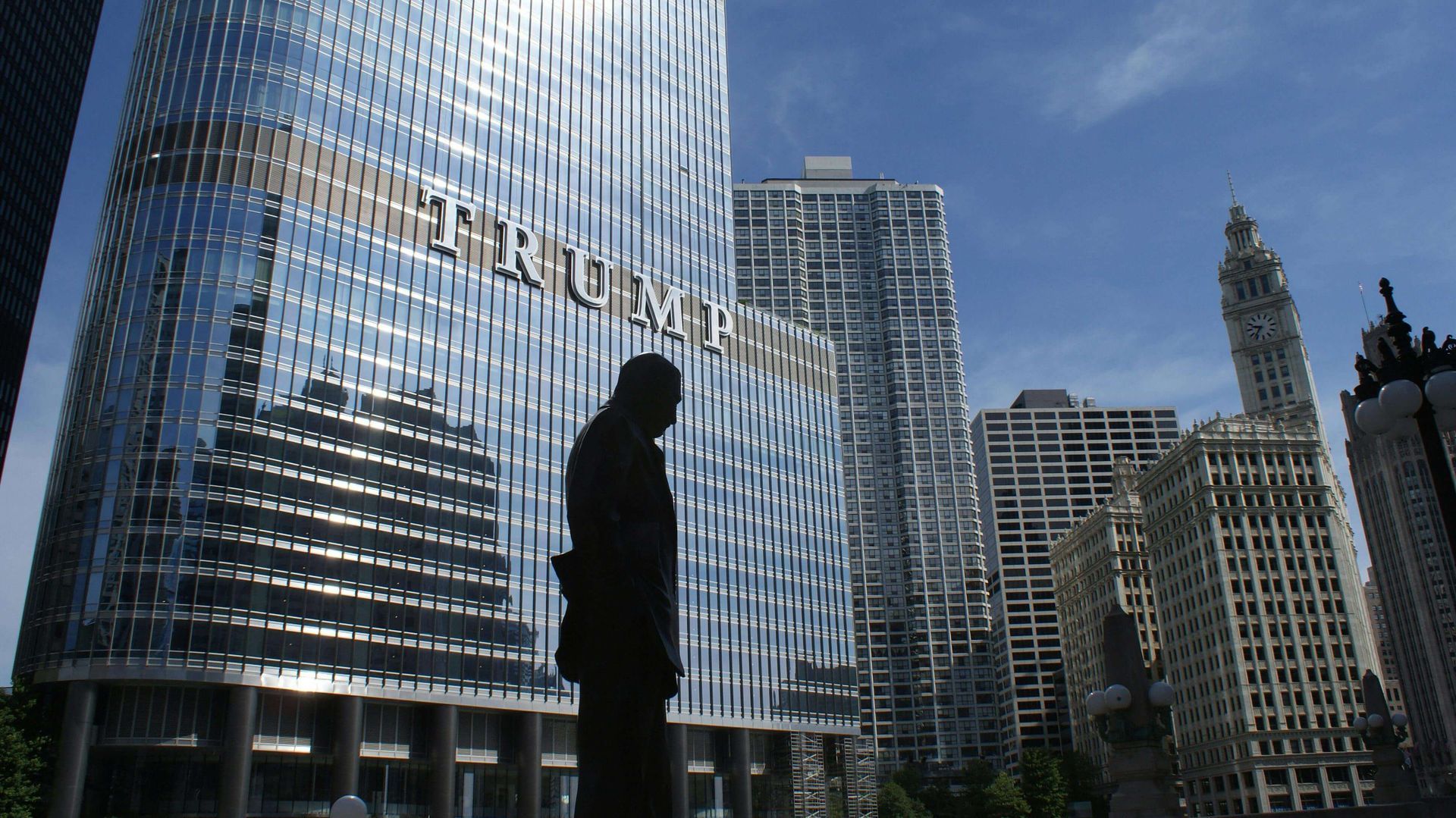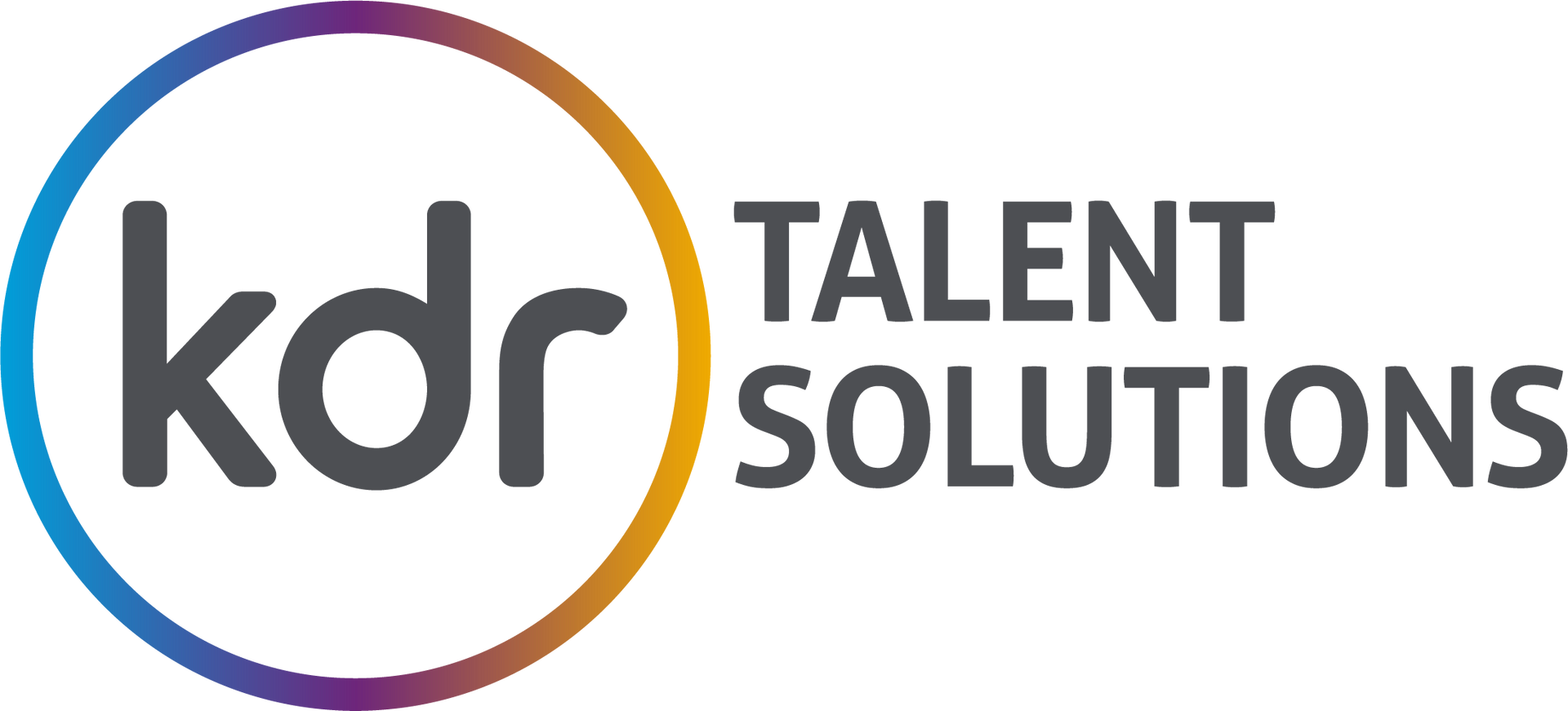Hiring? What's your ROI? - Part 3
Understanding & Optimizing the Candidate Journey

Applicant Dropout Rate and Offer Acceptance Rate
The experiences candidates have during the recruitment process can make or break their decision to join your organization.
A high 'Applicant Dropout Rate' may indicate issues with your recruitment process, while a low 'Offer Acceptance Rate' suggests your offers may not be competitive. Paying attention to these metrics and optimising the candidate journey can significantly improve your recruitment ROI.
The Applicant Dropout Rate: Why Candidates Disengage
The Applicant Dropout Rate measures the percentage of candidates who start but do not complete your application process.
A high dropout rate is a red flag that suggests potential issues within your recruitment process, such as:
Complex or lengthy application process: If applying takes too long or involves too many steps, candidates will lose interest or assume that your company is difficult to work with.
Poor Communication: Candidates who feel they’re in the dark about next steps or timelines usually opt out and pursue opportunities elsewhere. For example, a recent Bullhorn survey showed that the majority of candidates prefer 2x comms per week whilst in process and our own State of Data survey data revealed that candidates cited no or limited feedback as the worst part of the recruitment process.
Negative candidate experience: Impersonal or unprofessional interactions will leave a bad impression, leading candidates to withdraw from the process.
How to Reduce Applicant Dropout
Simplify the application process: Streamline your application form, ask only for essential information, and make the process mobile-friendly. Don't duplicate steps (i.e. don't ask to upload current CV and then ask candidates to fill out fields that are replicates of the CV). Ensure you are advertising reasonable adjustment requests and act on any that are received.
Enhance communication: Keep candidates informed at every stage of the process. Automated emails acknowledging receipt of applications and updates on next steps can make a significant difference. If you don't have access to automations create a process where candidates are mailed or called each week with a progress report (no news is also good news for a candidate and it stops them disengaging with your brand).
Improve the candidate experience: Ensure that every interaction—from the first contact to the final interview—is respectful, professional, and engaging. Personalizing communication can help candidates feel valued. Interviews can sometimes be a candidate experience gap. Candidates not being greeted well, receptionists not knowing the interview was going ahead on the day of arrival, hiring managers not turning up for interview due to illness or forgetting. Interview style is also important - remember it's a two way conversation.
The Offer Acceptance Rate: Sealing the Deal
The offer acceptance rate is the percentage of candidates who accept your job offers. A low acceptance rate may indicate that your offers are not competitive or that candidates’ experiences during the recruitment process have not aligned with their expectations.
How to Improve Offer Acceptance
Benchmark your offers: Ensure that your salary, benefits, and perks are competitive within your industry and region. Consider conducting regular market research to stay up-to-date. Salary and role benchmarks are services we offer, so if this is an area you're interested in, do get in touch.
Sell your culture: Candidates often choose a company based on culture and values as much as compensation. Use interviews to showcase what makes your organization unique, and ensure that your offer letter reflects these selling points.
Provide a positive closing experience: The offer stage is crucial—make it personal. Have senior leaders reach out, express genuine excitement, and address any concerns promptly. The more personalized the offer, the more likely candidates are to accept it.
Final Thoughts
Optimizing the candidate journey is not just about attracting talent but ensuring they stay engaged and excited about the opportunity to join your organization. By focusing on reducing the applicant dropout rate and improving the offer acceptance rate, you’ll not only enhance your recruitment efficiency but also build a stronger, more committed workforce. Pay attention to these metrics, refine your processes, and watch your recruitment ROI grow.












